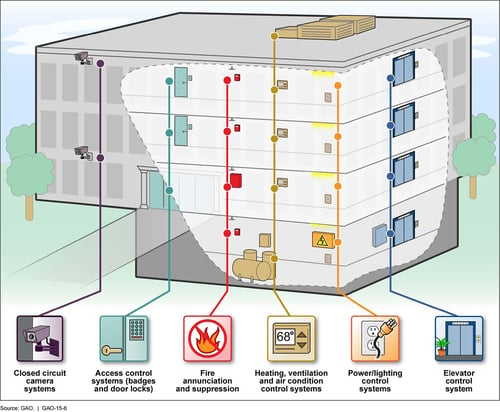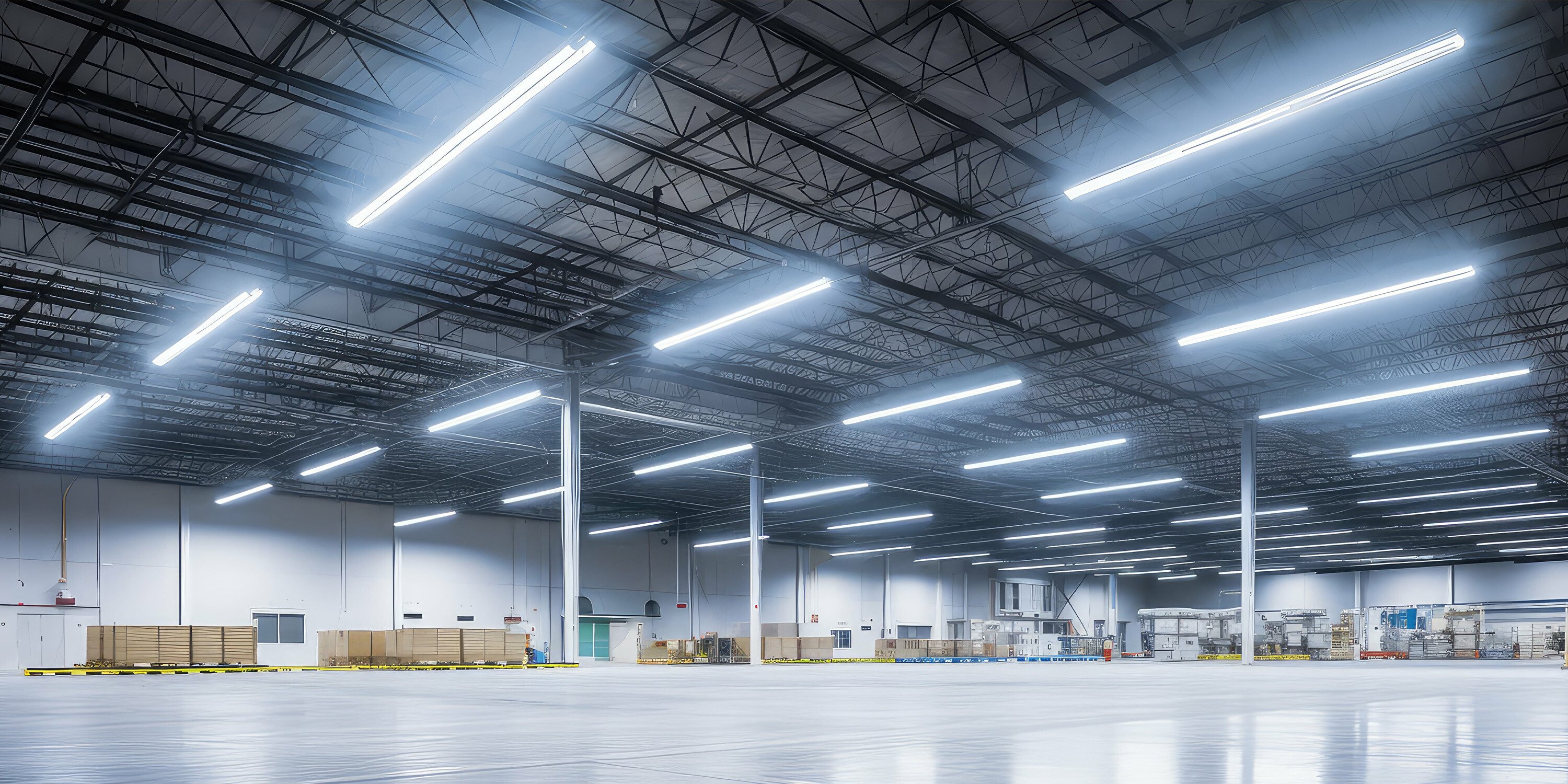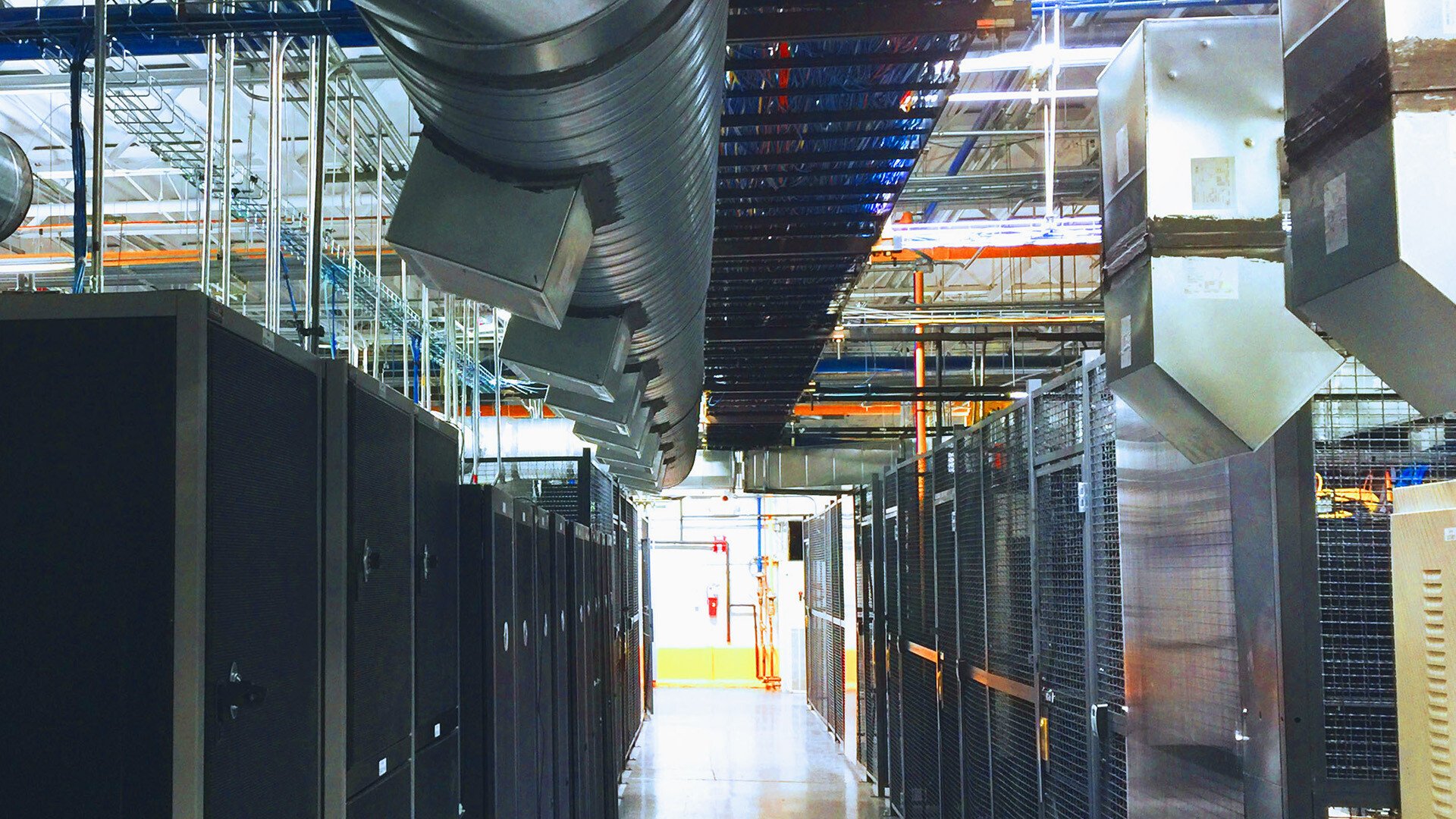Energy Efficiency | February 9, 2021
A Prescription for Energy Efficiency in Healthcare
Hospitals are among the most energy intensive facilities in the United States. With the rising cost of energy, many healthcare facilities are seeking ways to cut costs without compromising the quality of patient care. We created this list of efficiency opportunities available in most hospitals so you know what your options are.
Hospitals operate 24/7 and are occupied by thousands of employees, patients, and visitors each day. As a result, The U.S. Department of Energy’s Hospital Energy Alliance estimates that the nation’s healthcare facilities collectively spend more than $8 billion on energy each year.
To accomplish critical goals like patient care and safety, hospitals have very specific energy needs, including particular air flow controls and specialized HVAC systems. They also encompass many energy intensive activities such as laundry, medical and lab equipment use, sterilization, computer and server use, food service, and refrigeration.
With all of these operations occurring each day at every hospital, there are numerous opportunities to save energy. By investing in efficiency solutions and upgrading their systems, hospitals can save money that can be better utilized to achieve important goals, like: investing in new technologies, enhancing patient care, reducing their carbon footprints, improving the air quality of their communities, and supporting their overarching commitment to public health.
Check out our list of the most common efficiency opportunities available to most hospitals:
Upgrade to LED lighting
LED lighting has advanced dramatically in the last several years and much of the outdated lighting in today’s hospitals can benefit from being retrofitted with this new technology. Combined with advanced lighting controls, LEDs use up to 75% less energy and last up to 5 times longer than traditional fluorescent lighting typically found in most hospital spaces. Aside from energy savings, studies also show that LED lighting can improve patient well-being.
Commit to HVAC modifications
Heating and cooling systems account for almost a quarter of a building’s energy use. With a large amount of energy being consumed by HVAC and mechanical support systems, there are numerous opportunities to implement efficiency solutions that result in significant savings.
For example, hospitals must exhaust a certain amount of CO2 per hour to ensure that air quality levels remain up to state and federal building codes. Most of the time however, hospitals supply higher air changes per hour just to be safe or due to lack of proper controls. As a result, energy demands from the mechanical systems venting CO2 are high.
By installing modern CO2 sensors and demand based ventilation controls, hospitals can safely lower their energy use while remaining in code compliance.
Tackle a chiller plant retrofit
Chiller plants that were constructed 20 or 30 years ago may pose several difficulties to the facility operations team in a healthcare environment. Fortunately, over the past 20 years chiller manufacturers have made significant improvements in the operating efficiency of their units.
By retrofitting old systems that have endured years of wear and tear, hospitals can realize large energy savings.
Optimize your building management system (BMS)
Existing BMS systems in most hospitals are typically outdated and have not always been maintained, resulting in antiquated technology still running such as pneumatic controls, or worse, lack of control over certain parts of a building due to parts failure.
By upgrading current systems to modern technology, facility personnel will have better control and access to all of the various systems in a facility including HVAC, mechanical, security and lighting.
Example controls system

Evaluate your data center for energy savings
Most data centers run 2-3x as much cooling as necessary to guarantee that IT equipment will continue to receive proper cooling in the case of a failure within an HVAC system. While a hospital’s data center is a highly sensitive, mission critical environment that is crucial to maintaining smooth operations within the hospital itself, these facilities can still implement various solutions to become more efficient.
For example, a hospital data center can install intelligent controls to connect all the CRAC units to a central control system that also monitors the IT equipment. This monitoring and control, combined with rack airflow best practices such as containment and active air management in the rack space, can dramatically reduce the amount of cooling to within 10-15% of the nominal amount needed.
Consider a steam system retrofit
Steam systems don’t always get the attention they deserve, and proper inspection and maintenance of these industrial areas are vital to the health of any building. Puddles on the mechanical room floor or elsewhere in the plant are often signs of leaky steam traps, which need to be addressed. In older plants, condensate return lines are often incomplete and are seldom adequately inspected or kept in good operating condition.
By taking advantage of improved condensate return, you not only salvage the heat from the condensate, but also reduce costs for makeup water treatment and feed water pre-heating.
These six opportunities for hospital efficiency demonstrate the tremendous potential for a healthcare facility to discover financial and environmental gains through improvements to their overall efficiency.
While many of these solutions can be implemented in buildings of all kinds, hospitals are uniquely positioned to pass the benefits of their energy savings along to their patients and the people who need them most.
We're happy to set up a no-cost Energy Audit and discover which "prescriptions" your hospital needs start saving energy.
Related Posts
Discover more content and insights from Mantis Innovation

The Cost of Inaction: Why Businesses Should Act Now on Energy Efficiency
In today's fast-paced business environment, the financial and operational losses businesses incur by delaying energy efficiency improvements, the "cost of inaction," is more relevant than ever.

In today’s AI era, human intelligence is the key to data center facility and energy optimization
Nowhere else in modern industry do artificial and human intelligence converge with such transformative potential as in the world of data centers. As AI's extraordinary growth accelerates demand for

Your Guide to LED Lighting for Business and Commercial Buildings
Never to be underestimated, LED lighting and well-designed lighting retrofits and upgrades offer businesses big improvements like reduced energy costs, reduced emissions, and improved working

Five Trends Driving Data Center Facility Energy Optimization
Today’s digital economy, commercial and industrial digitalization, and the recent explosion in artificial intelligence and machine learning (AI/ML) powered computing are driving massive growth in
